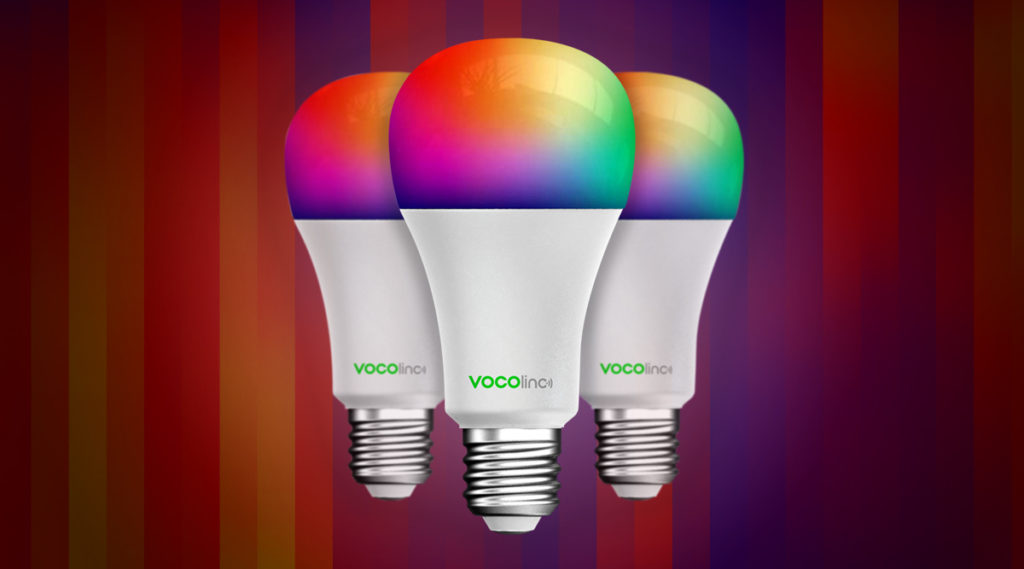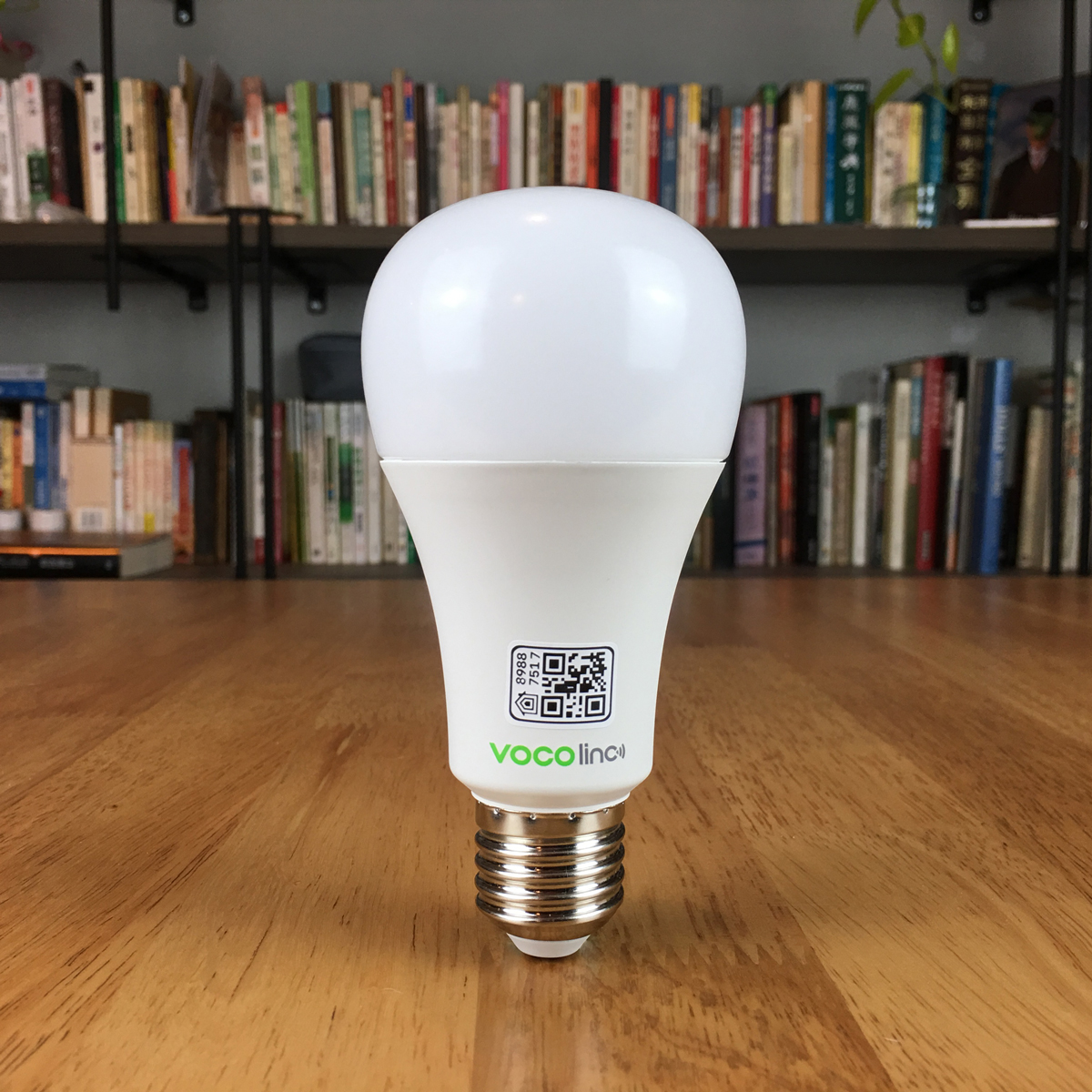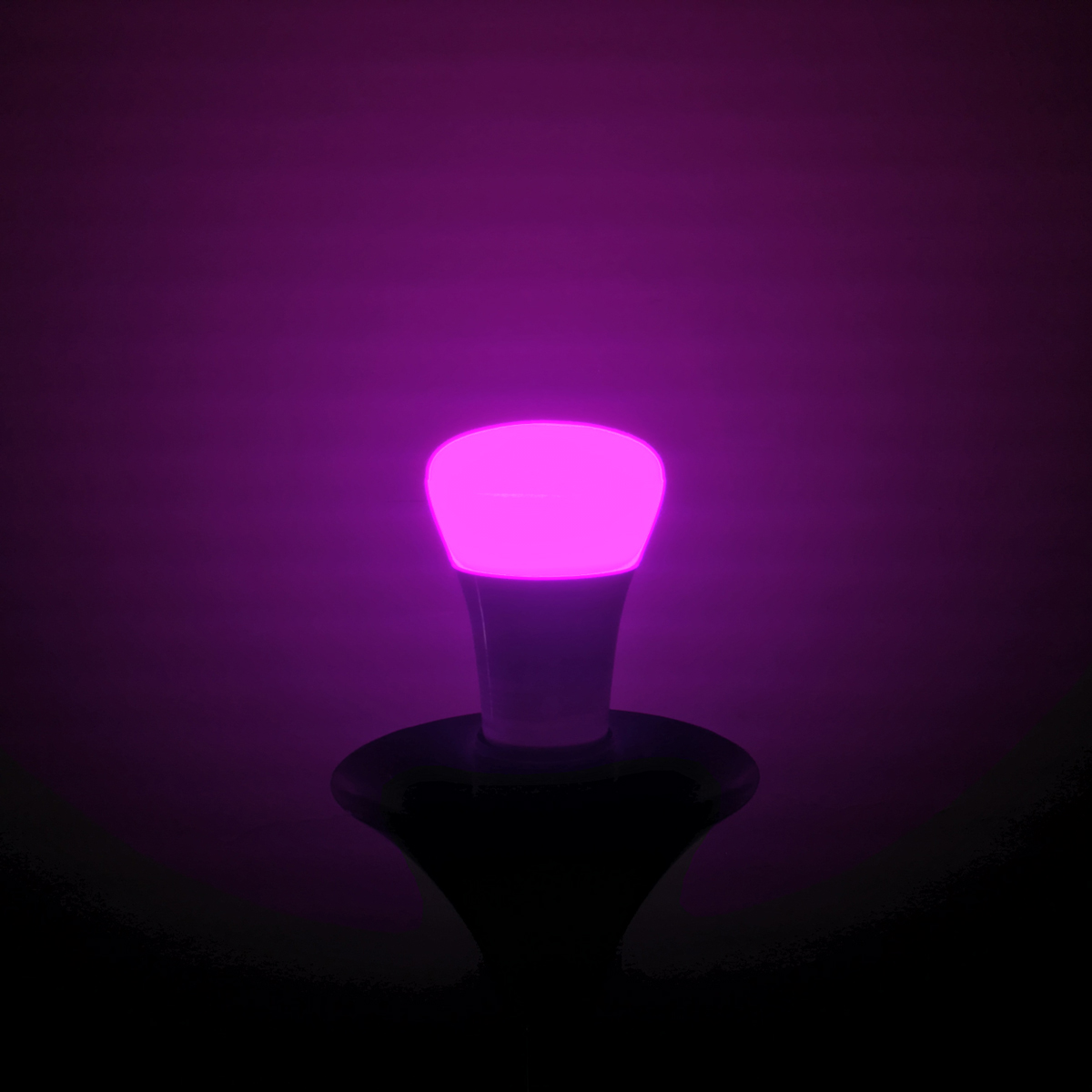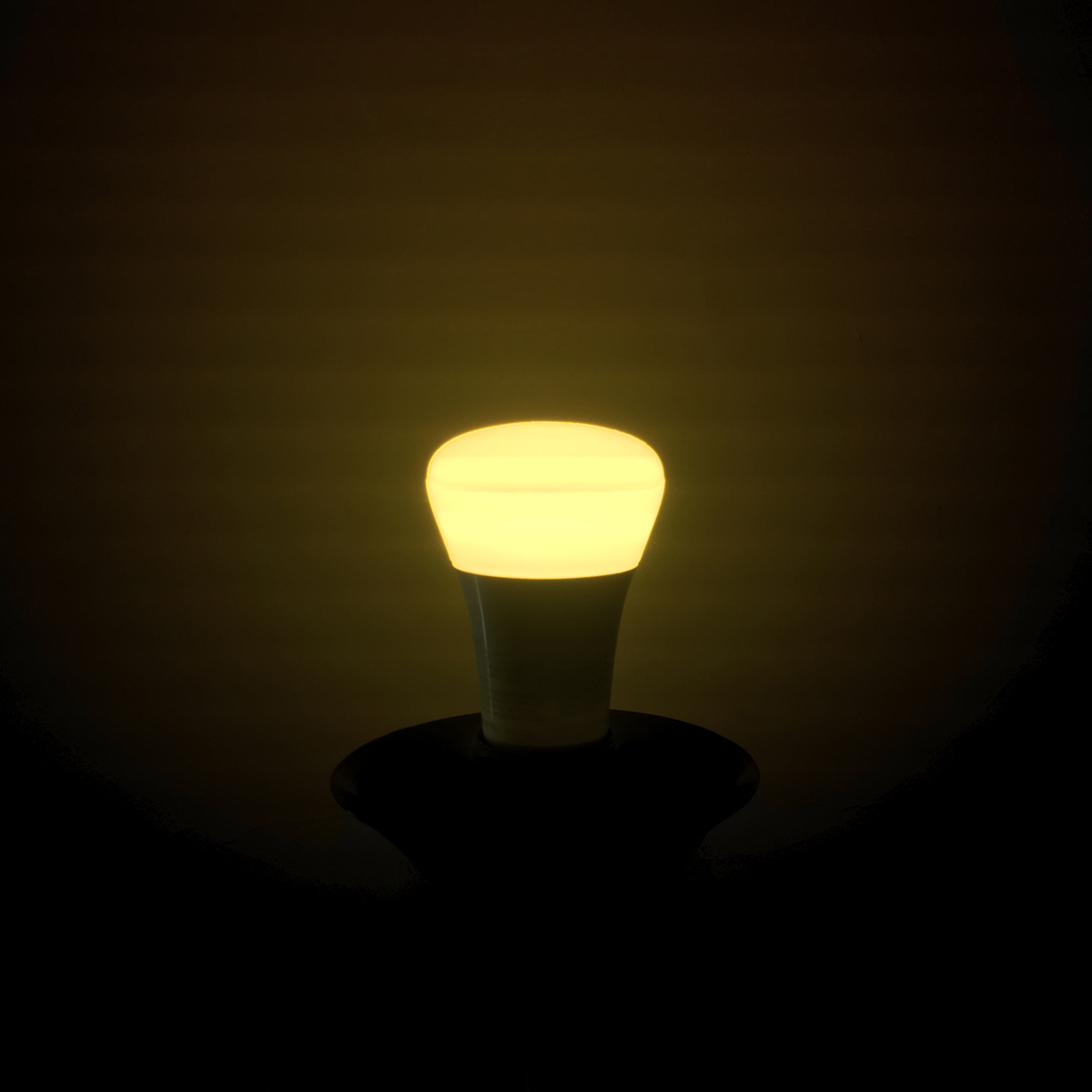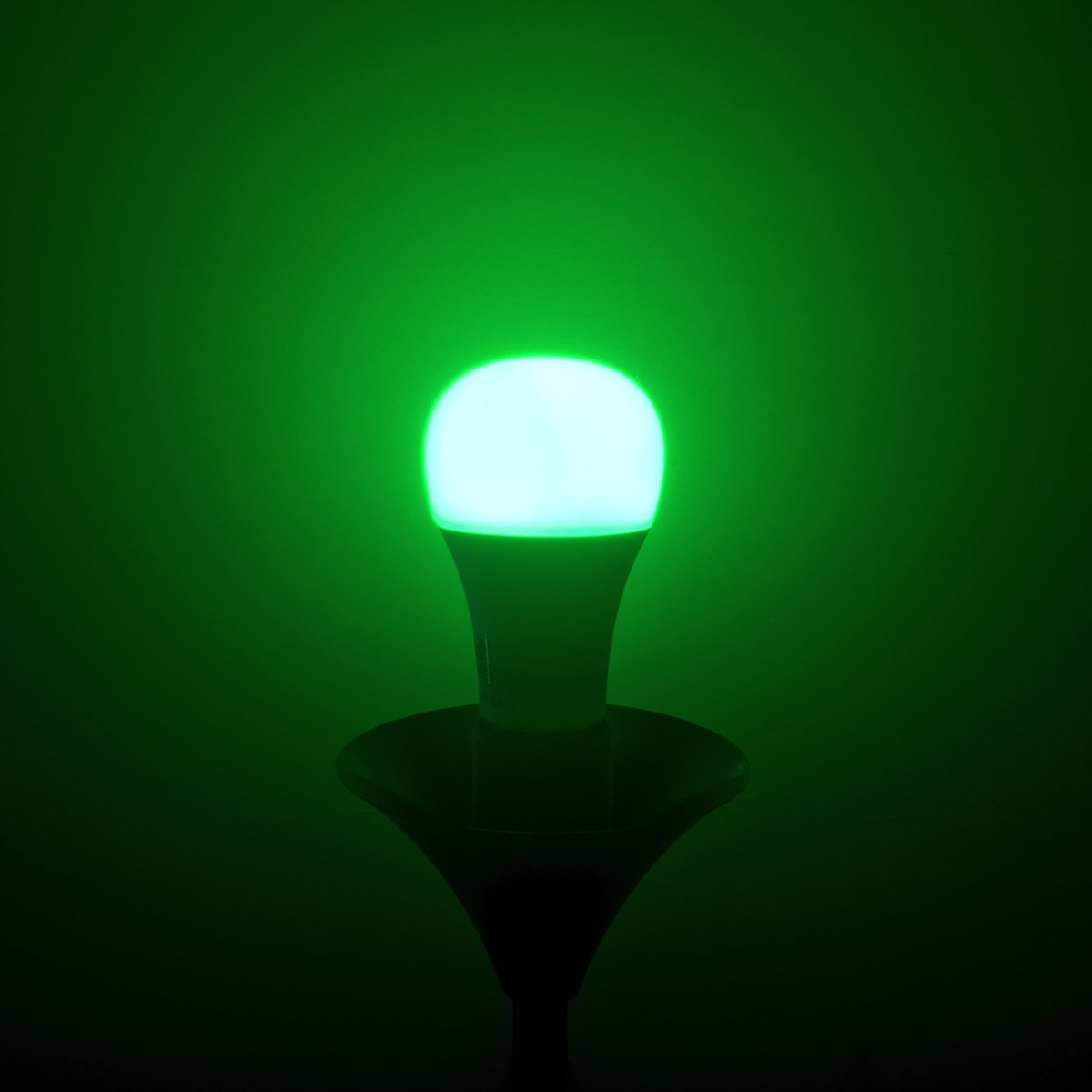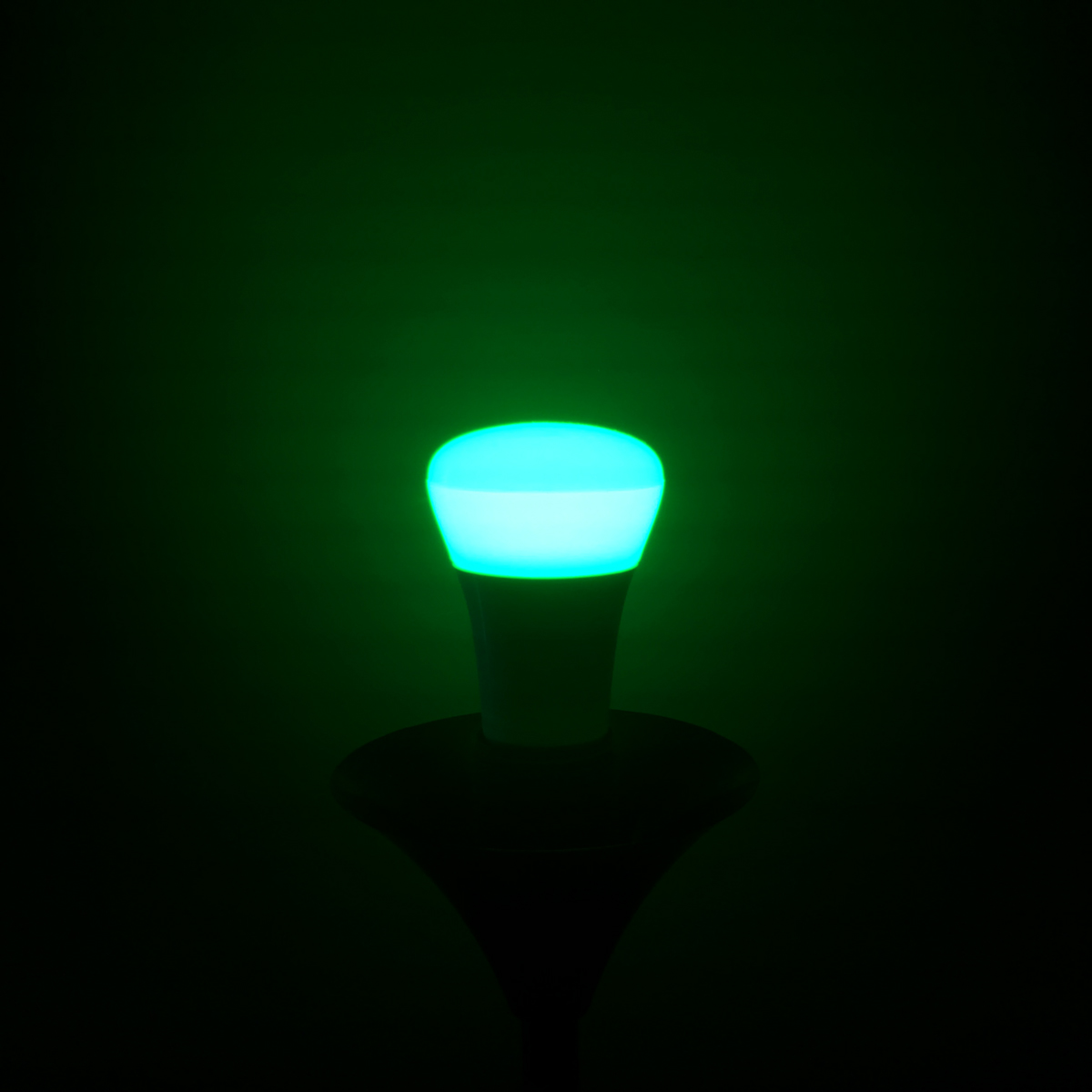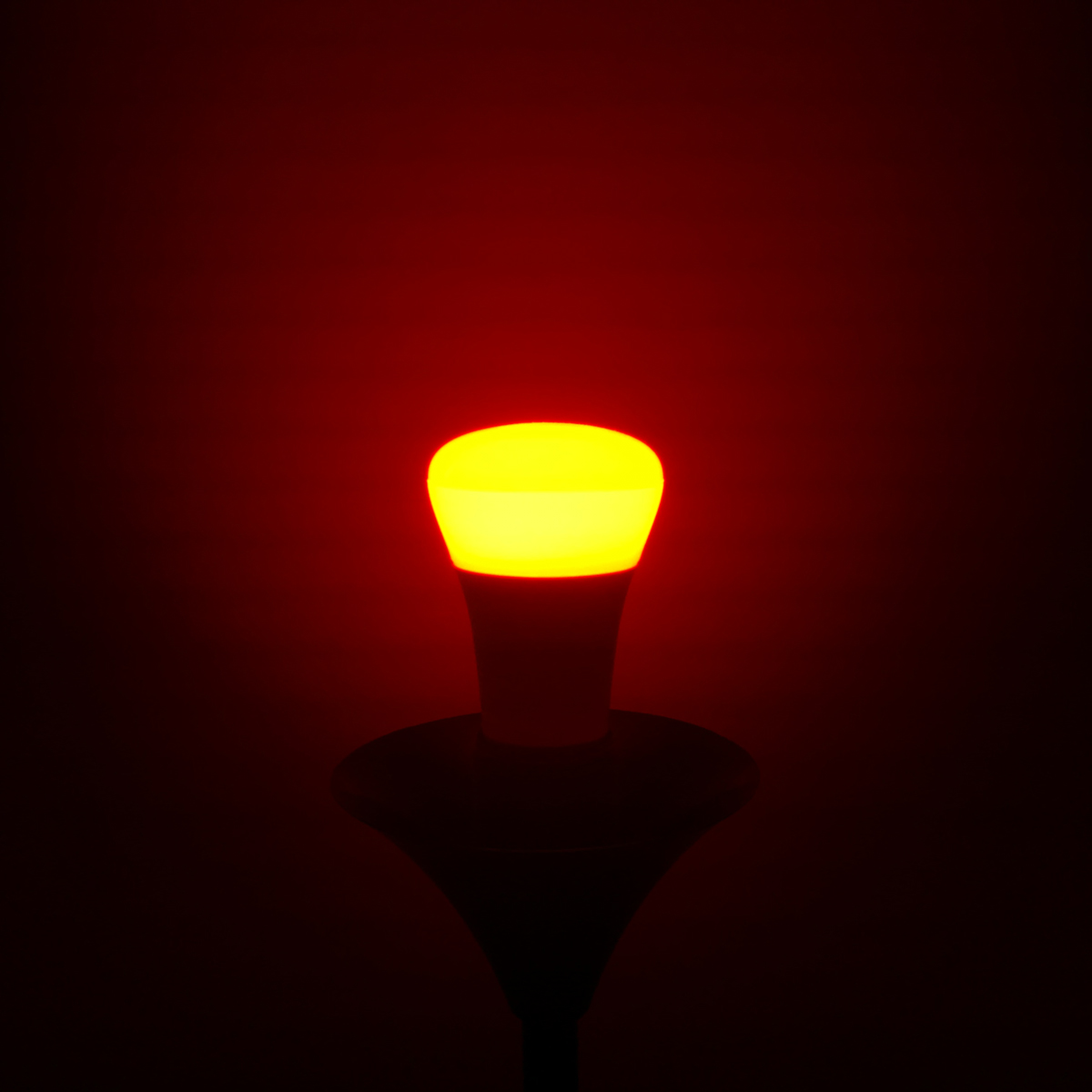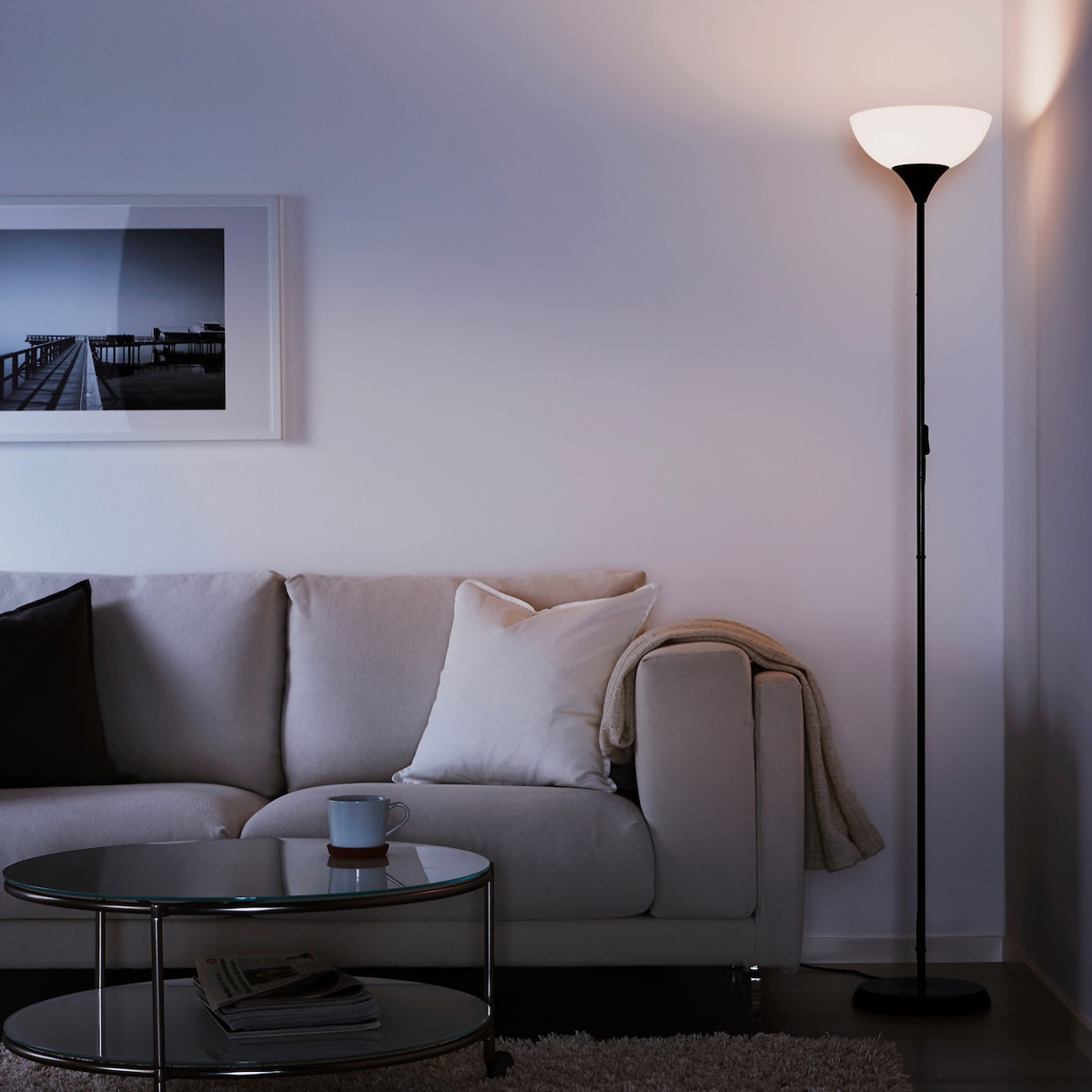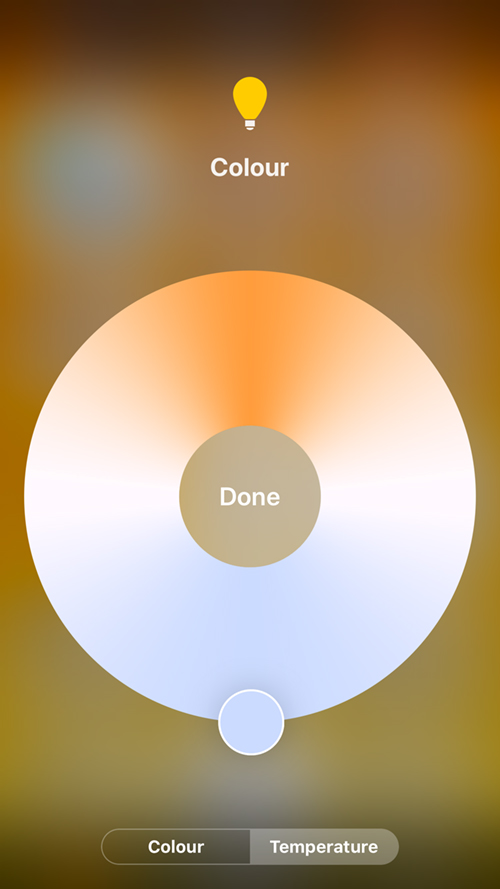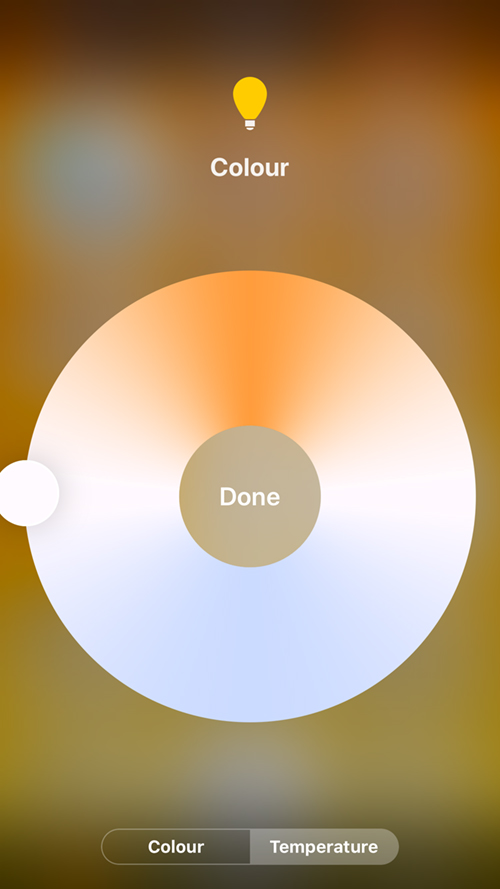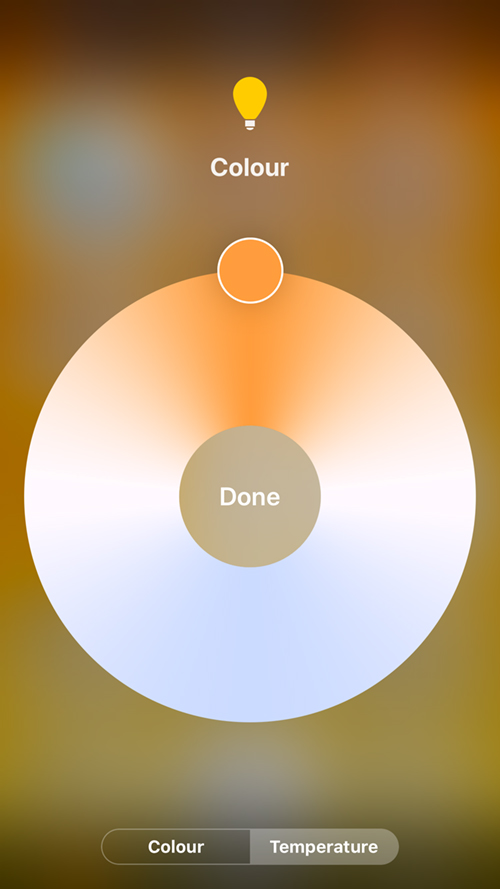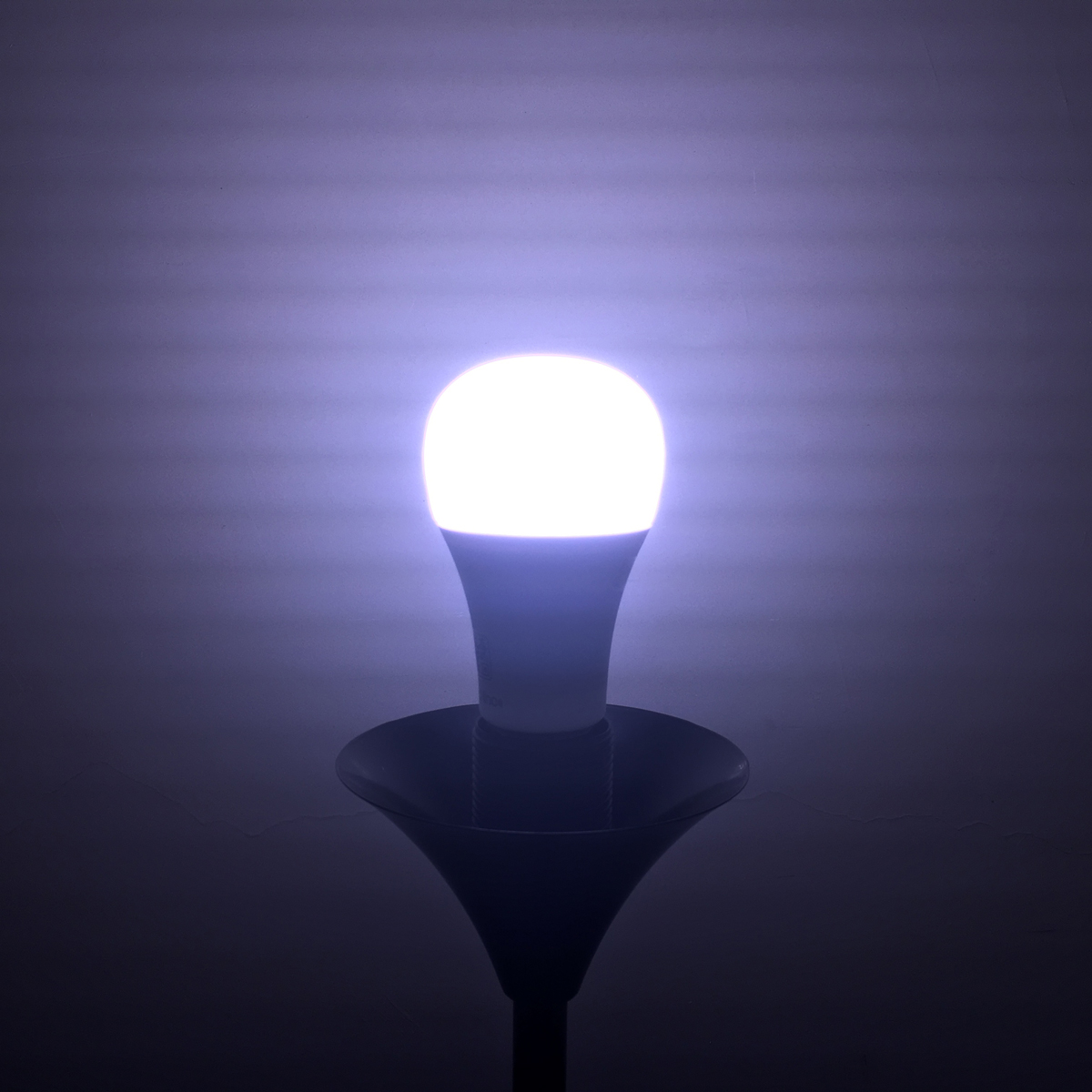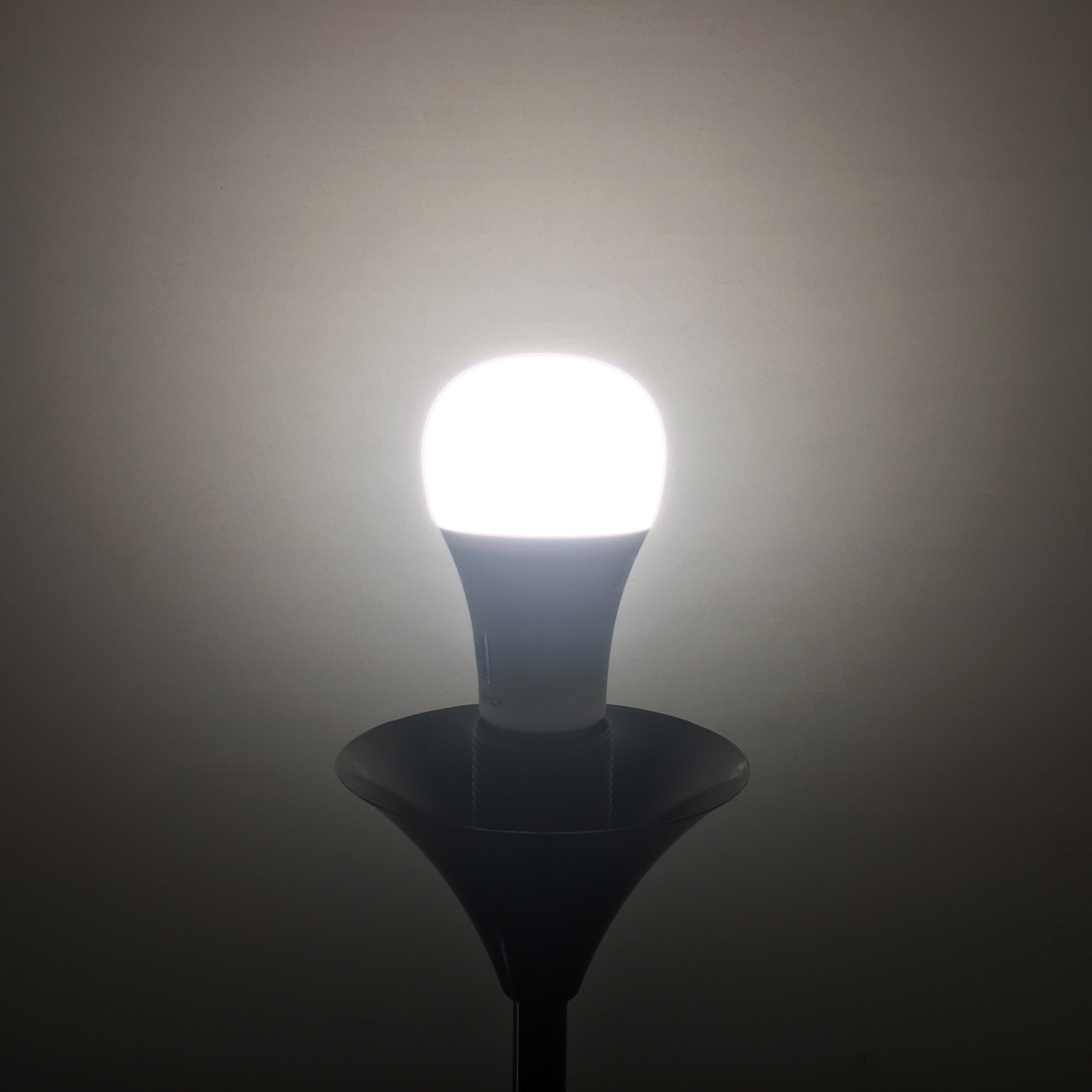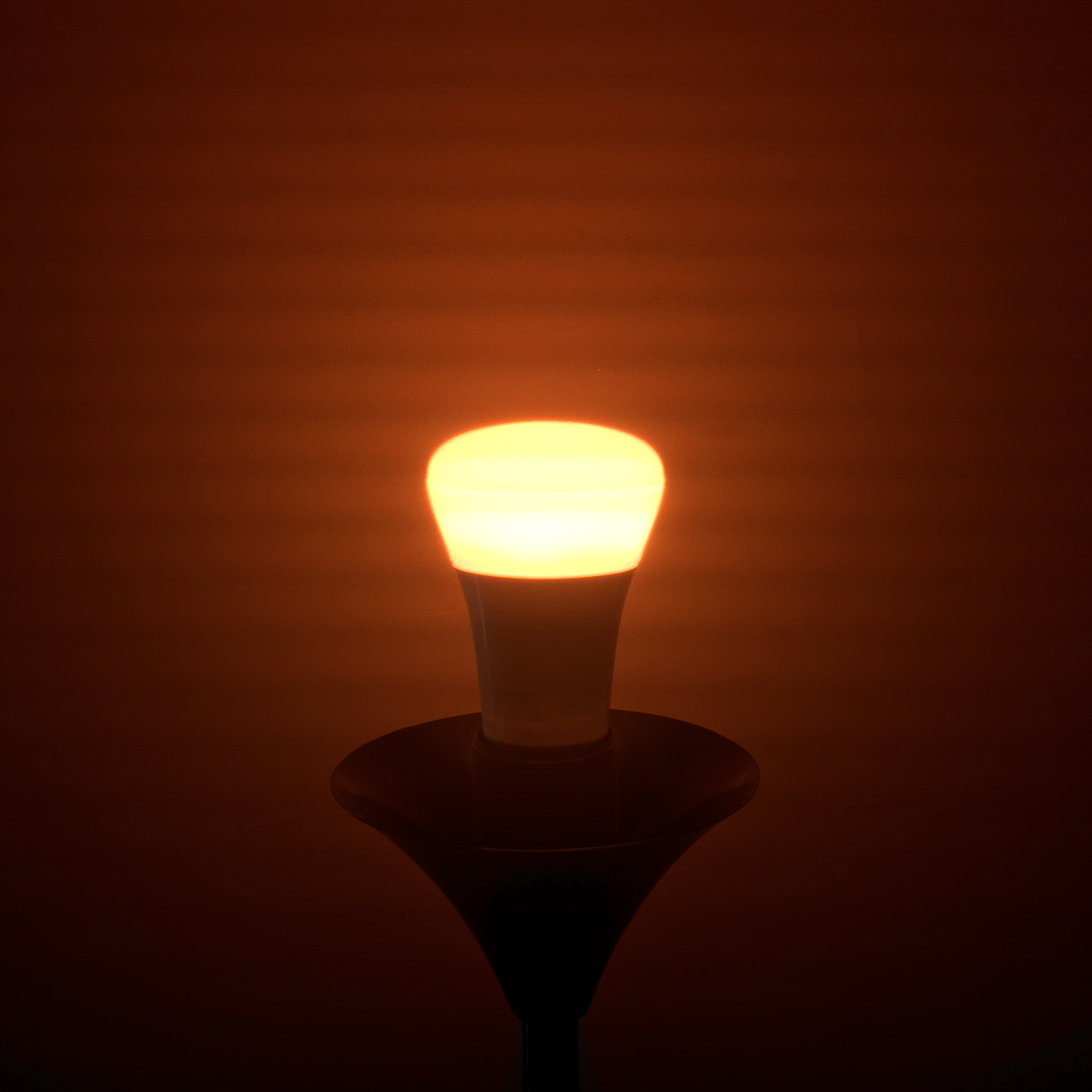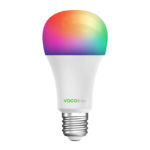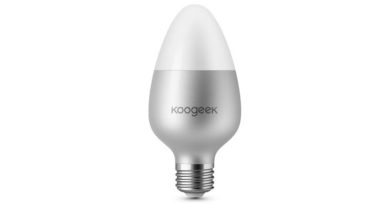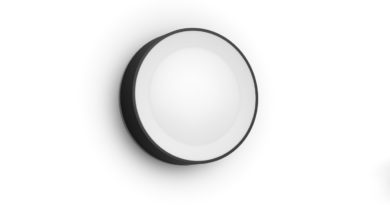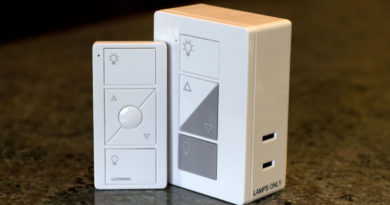Vocolinc L3 SmartGlow Colour Bulb (review)
Smart bulbs, much like Smart plugs, are ‘ten a penny’ as they say in the UK, which doesn’t mean you can buy ten for one penny (wouldn’t that be nice…), but rather that they’re everywhere nowadays, with not only a ton of manufacturers to choose from, but also choices of simple warm white, like the basic Philips Hue bulbs, Tunable White like the recently HomeKit-enabled Yeelight 2nd Gen bulbs, or full colour bulbs from any number of companies, including Vocolinc (stylised by the company as VOCOlinc). Vocolinc has already graced many a smart home with the L1 Colour bulb, closely followed by the L2 Tunable White bulb, both standard A19 bulbs. Now Vocolinc has brought out what they’re describing as a successor to both of these, with the L3 SmartGlow Colour Bulb. But what makes it a successor? Let’s find out.
UNBOXING
I’ve always praised Vocolinc in the past for their packaging, mostly for its’ attention to protecting the product, however, with the L3, they’ve proceeded to use more standardised packaging, which does provide less protection. Ultimately whilst I’m a fan of strong packaging, the need for less waste in this area has to be recognised, and with the release of the LS2 Light Strip, they managed to reduce the packaging by over 50%, so credit where it’s due, even if it’s also a cost-cutting exercise. With this change, there’s less of the trademark ‘Vocolinc green’ you may be used to seeing, with the stylised image of the bulb taking up the front, with back and sides left for specs and features.
Making short shrift of the unboxing, you’re presented with the bulb itself, along with a customer service card, a full manual and short, easy-install card. The bulb contains the HomeKit QR code, as does the manual. However, unlike the older packaging, the box, in this case, does not carry a third instance of the code. Even if you lost the booklet, you’d be pretty unlucky to lose the code seeing as it’s on the bulb though, so this really isn’t a big deal.
THE BULB
You may not initially notice, but the L3 is a larger than average bulb, so looking at the image above, you can see that whilst the screw fitting is still the E26/27 size, the diffuser section, along with the body, are both larger. This is designated as an A21/A67 size bulb, with the standard being an A19. In most situations, this wouldn’t be a big deal, as most lamps, especially the ones that hang down, have enough room to accommodate the extra height. If you want to fit this to a small lampshade with virtually no spare headroom, then you should either buy a new shade or consider placing this bulb elsewhere. The company also sees this as a successor to their Tunable White L2 bulb, as the L3 can replicate both cool and warm whites as well.
With this extra size comes the benefit of more lumens, at least compared to much of the competition. The L3 comes in at a maximum of 850lm, with the L1 a mere 470lm by comparison, which is an extra 380lm, or more than an 80% increase in lumens. The L2 has a maximum of 650lm. Comparing the bulb to other brands is inevitable, and as such the bar that many feel is set in terms of overall quality, would be the Philips Hue White and Colour Ambience, and as we have one here, we did a comparison test, albeit not under totally accurate laboratory conditions, which we’ll get to later.
The bulb uses wifi like all other Vocolinc products (with the exception of the T-Guard Smart lock that uses Bluetooth), so no proprietary hub is needed, but as is standard with all HomeKit devices, you do need a Home Hub (Apple TV, iPad or HomePod) for automations and remote access.
SPECIFICATIONS
- Rated power – 9.5W
- Rated voltage – 100~240v @ 50/60Hz
- Equivalent wattage – 60W
- Connection – Wifi 2.4gHz b/g/n
- Rated lifespan – 25,000hrs
INSTALLATION | USING THE LINKWISE APP
Regarding installation, as this is a standard HomeKit device, adding it to your HomeKit ‘Home’ is the same as any other product, so I feel it doesn’t require me to explain the procedure, as it’s covered extensively elsewhere. As for Vocolinc’s own LinkWise app, I have covered this elsewhere too, but in essence, the LinkWise app is a full 3rd party HomeKit app that you can use for almost everything that can be done in the official Home app. It does have the option for special lighting effects for their range of lighting too. The Vocolinc L1 Colour bulb is limited to three of these lighting effects in this instance – Breathe, Blink and Flow, whilst the L3 gains an extra two options – Candle and Flicker. With the introduction of the SmartGlow series, the LinkWise app also has an option called ‘Daylight’ which allows you to program your lights to come on at a low/high brightness level and gradually increase/decrease in brightness over a period of time set by the user. This effect can only be used with the white spectrum aspect of the bulb, so you can also set the colour temperature for each of four specific time slots – Sunrise, Daytime, Evening and Sleep. All of these special lighting effects are explained in-depth and are also available for the Vocolinc LS2 Smart Glow Light Strip, reviewed HERE.
COMPARISON WITH HUE COLOUR BULB
It has to be said that with the Philips Hue bulb coming in at 50lm less than the L3, and with a different size and type of diffuser, it’s not an entirely level playing field, but they are in the same ‘ballpark’ for consumers, so on that basis it’s a fair comparison.
For the tests, I set the camera up in front of both bulbs separately, but with the exposure and focus locked, so that switching between bulbs wouldn’t alter any settings. I used the standard selection of colours you find in the Home app for both of the bulbs – blue, magenta, yellow, green and red.
COLOUR TESTS
You can see from my tests that the L3 looks brighter in general. This surprised me, as I wouldn’t expect another 50lm to make much difference, but combine this extra brightness with the larger A21 size diffuser and it does seem to make a marked difference – at least in these tests. When it comes to everyday situations, I’ve tended to notice some difference in brightness, but not to as great an extent as you see here.
I have two of the L3 bulbs set up in Ikea lamps (Ikea ‘NOT’ floor lamps, yes that’s their name), with a third floor lamp for the Hue colour bulb, all in the main bedroom. I have three basic scenes for warm white set up using these bulbs – Lights Bright, Lights Medium and Lights Low – and to make all three bulbs appear to be the same brightness, I have the L3 bulbs around 10% less bright to match the Hue, so there is a visible difference even then. Part of this could also be due to the size of the bulbs in relation to the Ikea floor lamp, with the L3 bulbs ‘peeking out’ a bit at the top, with the Hue totally hidden within the limits of the lampshade (due to the bulb’s flat top). The diffuser for the Hue bulb is also in two parts, with a plastic cap on the top (most obvious with the example in blue), which could also be restricting some of the brightness of the bulb. In this regard, the Hue bulbs do come across as quite poorly made, and even though I love Hue products, these do look a bit amateur, but that’s another story.
WHITE TESTS
As with the colour tests, I used the Home app, but in this case, used the colour temperature settings to test the three arbitrary colour temperatures.
When it comes to the white shades – cool, warm and mid-white, things are a little more even, although I did find that the L3 once again came out slightly better with a neutral or mid white, with the difference between cool and mid white less noticeable with the Hue.
DAY-TO-DAY USE
I was lucky enough to have Vocolinc send one of these bulbs to me way back in late January, so I’ve had the opportunity to test this product for an extensive amount of time, which I tend not to be able to do under normal circumstances. Having used other Vocolinc devices prior to this bulb, there have been well-documented problems with connectivity when it comes to some of their devices. This hasn’t gone unnoticed by the company, with them issuing constant updates to all of their products. These updates do seem to be making a difference, and now I have very few disconnection issues, at least no more than any other devices I have in the home. With the release of Vocolinc’s popular SmartBar outlet, the company apparently use new custom wifi chips, which has resulted in rock-solid performance for the SmartBar. I’m told the L3 uses the same Wifi chip, and as a result, these have also been pretty solid too. There have been a few instances of the ‘no response’ scenario, but in six months, I can count these instances on one hand, and I’m pretty happy with the reliability of the bulbs. As I use both L3 bulbs in the bedroom, they used in a variety of scenes involving both colour and white hues, and they’ve not let me down.
One thing I have noticed, which isn’t an issue for me, is that when you turn them on they get to 100% brightness fairly quickly, brightening up fast. When I turn them off, they fade out a little more slowly. I’m not sure if this is by design or not, but I do know that my basic white Hue bulbs can be adjusted to drop from 100% to 0% gradually or instantly, so it’s not a peculiarity of LEDs as such. As I’ve said, it’s not an issue for me and is, in fact, nicer than having lights drop off in a stark manner. As regards colour changes from one colour to another, all Vocolinc colour lighting products seem to have the same settings that show the transitions from one colour to another appear a little less than smooth, although if you use the Flow lighting effect, this isn’t the case.
SUMMING UP
There are so many choices out there for light bulbs, so you really have to decide first and foremost whether you want basic white, full colour or tunable white. Nearly all bulbs seem to be capable of fading, so it’s down to those choices initially. After that, I guess it’s a combination of price and reliability. On the first of these two points, the L3 easily comes out on top, coming in at only $21.99 compared to an average of $42-$45 for the Hue mentioned in this review, so around half the price. When it comes to reliability, Hue can take some beating, as they’re generally considered to be very solid when it comes to keeping connected, although they do require the Hue Bridge*. As Hue uses Zigbee instead of your wifi signal, they’re quite fast to respond and when you have them going through the Hue bridge it does take a little bit of strain off your router if you have a lot of wifi devices.
Price seems to be the #1 priority for some due to the what seems to be an acceptance that nothing seems to last too long these days (LED bulbs seem to be an exception, at least on paper), so if your primary concerns are price and reliability, then the L3 should fit the bill. The L3 is available as a 1-pack or 2-pack on amazon.com for $21.99 and $42.99 respectively.
Full disclosure: Vocolinc provided HomeKit News with the L3 SmartGlow Colour for the purpose of this review. No other compensation was made or requested.
* The Hue Bridge is required for full functionality, although you can directly connect a Hue Dimmer switch to a Hue bulb without a Hue Bridge. There’s no way to get them working with HomeKit without bridge though. The new Hue Bluetooth bulbs don’t require a bridge, but then you’re limited to Bluetooth control and a maximum of ten bulbs. You’re again excluded from HomeKit functionality without the Bridge.

